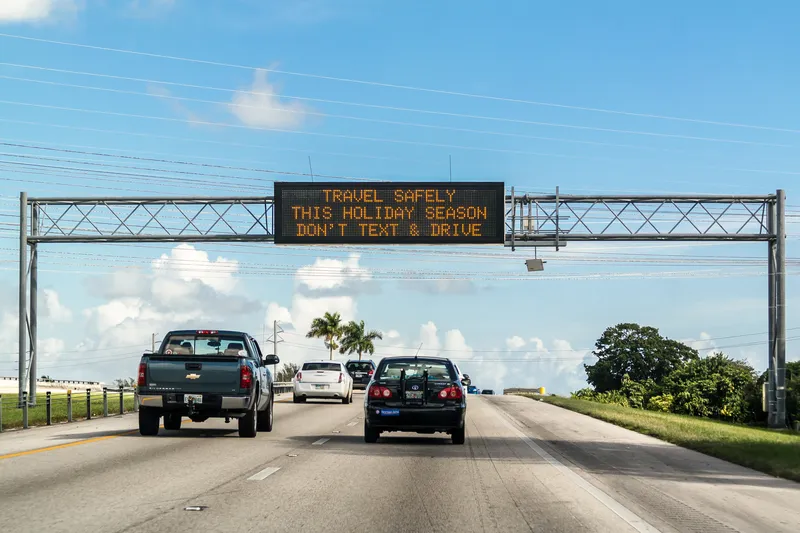C-ITS allows road users and traffic managers to share information and use it to co-ordinate their actions. The technology is enabled by digital connectivity between different vehicles which can also connect with transport infrastructure.
“The more specific the market framework, the less problems interoperability and compatibility will pose later,” ASECAP says.
Additionally, the association believes clear standards and specifications will ease the entry of new technologies and prevent fragmentation.
“Experience with electronic road charging shows how costly the fragmented deployment of technologies can be and how much time it can take to establish interoperability, once different systems are in the field”, ASECAP concludes.
C-ITS requires EC to develop interoperability framework, warns ASECAP
The European Commission (EC) must create a regulatory framework to avoid fragmented deployment of co-operative intelligent transport systems (C-ITS). That is the view of ASECAP – the European Association of Operators of Toll Road Infrastructure - which warns that current installations need to communicate with future solutions. All C-ITS stations must be interoperable, the organisation adds.
June 26, 2018
Read time: 1 min
The 1690 European Commission (EC) must create a regulatory framework to avoid fragmented deployment of co-operative intelligent transport systems (C-ITS). That is the view of 486 ASECAP – the European Association of Operators of Toll Road Infrastructure - which warns that current installations need to communicate with future solutions. All C-ITS stations must be interoperable, the organisation adds.










